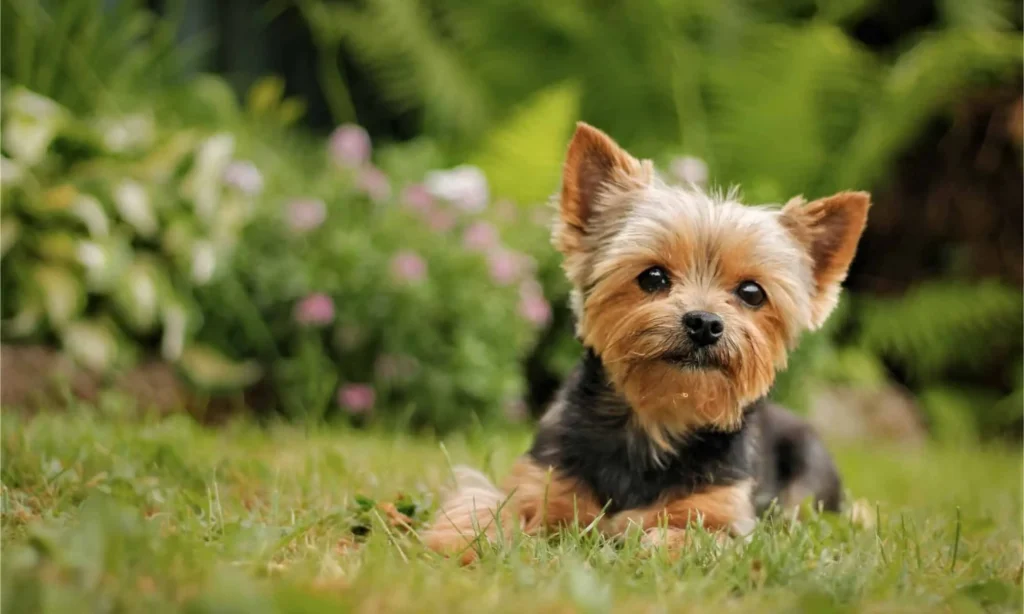
When considering a furry companion, longevity is often a key factor. While a dog’s lifespan depends heavily on genetics, lifestyle, diet, and overall care, certain breeds are known for their remarkable longevity. Typically, smaller dogs tend to outlive larger breeds. Here are 10 dog breeds that are celebrated for their long lifespans, provided they receive proper care, nutrition, and love.
1. Maltese
Life Expectancy: 12–15 years
The Maltese, a small and elegant breed originating from Malta, is renowned for its longevity. With proper care, these white-haired pups can live well into their teens. Females of this breed often outlive their male counterparts by a year or more. The oldest known Maltese reportedly lived to the age of 20. Their longevity is attributed to their small size and low susceptibility to serious genetic diseases.
Health Tip: Regular dental care and a nutritious diet can significantly extend their lifespan.
2. Beagle
Life Expectancy: 12–15 years
Beagles, known for their playful and curious nature, generally enjoy a lifespan of 12 to 15 years. While they are prone to certain health issues like epilepsy, proper veterinary care can help manage these conditions. In 2009, a Beagle named Butch made headlines for living to the age of 27 — one of the longest-recorded lifespans for the breed.
Health Tip: Regular exercise and a balanced diet can help prevent obesity, a common issue in Beagles.
3. Dachshund
Life Expectancy: 12–16 years
Known for their unique elongated bodies, Dachshunds are surprisingly long-lived. Miniature Dachshunds tend to live slightly longer than their standard counterparts. With proper care, these pups often reach their mid-teens. The Guinness World Record holder for the oldest living dog was a Dachshund named Chanel, who lived to be 21 years old.
Health Tip: Avoid overfeeding and excessive jumping to prevent back issues, which are common in this breed.
4. Cockapoo
Life Expectancy: 14–18 years
A hybrid of a Cocker Spaniel and a Poodle, the Cockapoo inherits the longevity of its Poodle lineage. These affectionate and energetic dogs commonly live into their mid-teens. Their lifespan can be influenced by factors such as exercise, diet, and regular health check-ups.
Health Tip: Regular grooming and ear cleaning can prevent infections, promoting a longer, healthier life.
5. Shih Tzu
Life Expectancy: 12–16 years
Shih Tzus, famous for their long, flowing coats, are small but sturdy dogs with a relatively long lifespan. With proper care, they can live well into their teens. The oldest known Shih Tzu, Smokey, reportedly lived to be 23 years old.
Health Tip: Frequent grooming and regular dental care are essential to prevent common breed-related issues.
6. Toy Poodle
Life Expectancy: 12–18 years
Toy Poodles are not only intelligent and elegant but also one of the longest-living dog breeds. With proper nutrition, regular vet visits, and a healthy lifestyle, they can easily reach their late teens. Their small size and relatively low risk of genetic disorders contribute to their longevity.
Health Tip: Regular mental stimulation and physical activity help keep Toy Poodles healthy and sharp.
7. Yorkshire Terrier
Life Expectancy: 13–16 years
The Yorkshire Terrier, or Yorkie, is a small and feisty breed with an impressive lifespan. Despite being prone to issues like hypoglycemia and dental problems, they often live well into their mid-teens. With proper care, some Yorkies have been known to reach their early 20s.
Health Tip: Regular vet visits and a balanced diet can help prevent common breed-related ailments.
8. Pomeranian
Life Expectancy: 12–16 years
Pomeranians are known for their lively personalities and fluffy coats. These small dogs can live into their mid-teens, with some even reaching 20 years. Their longevity is attributed to their size and relatively few hereditary health issues.
Health Tip: Routine dental care and weight management are essential for their long-term health.
9. Chihuahua
Life Expectancy: 15–20 years
Chihuahuas are one of the longest-living dog breeds, often reaching 15 years or more with proper care. Some have been known to live into their early 20s. Their small size, coupled with their relatively low risk of serious health conditions, contributes to their longevity.
Health Tip: Provide regular dental care, as Chihuahuas are prone to dental disease.
10. Shiba Inu
Life Expectancy: 12–15 years
The Shiba Inu, a Japanese breed, is known for its fox-like appearance and independent nature. With proper care, they can live into their mid-teens. In 2011, the oldest known Shiba Inu died at the age of 26, showcasing the breed’s potential for remarkable longevity.
Health Tip: Regular walks and a high-quality diet are key to their long-term health.
Key Factors for Increasing Your Dog’s Lifespan
Regardless of breed, these essential care tips can help your dog live a longer, healthier life:
- Balanced Diet: Provide high-quality, nutritious food.
- Regular Exercise: Daily walks and playtime keep dogs fit and mentally stimulated.
- Veterinary Care: Routine vet check-ups and vaccinations are vital.
- Dental Hygiene: Brushing teeth regularly prevents oral diseases.
- Love and Attention: Emotional well-being plays a significant role in your dog’s overall health.
FAQs About Long-Living Dog Breeds
1. What is the longest-living dog breed?
Chihuahuas and Toy Poodles are among the longest-living breeds, often reaching 18–20 years with proper care.
2. Do mixed breeds live longer than purebred dogs?
Yes, mixed breeds often have longer lifespans due to genetic diversity, which reduces the risk of hereditary health issues.
3. How can I help my dog live longer?
Feed a balanced diet, provide regular exercise, schedule routine vet visits, and maintain good dental hygiene.
4. Are smaller dogs generally longer-lived?
Yes, smaller breeds typically outlive larger breeds due to slower aging and fewer genetic health problems.
5. What health issues shorten a dog’s lifespan?
Obesity, dental disease, heart issues, and lack of veterinary care can significantly reduce a dog’s lifespan.



